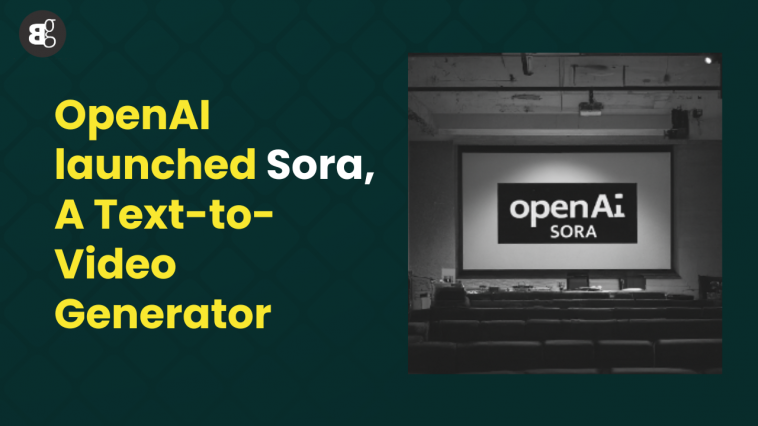OpenAI launched Sora, its text-to-video model, in response to Google’s recent unveiling of Lumiere. Sora, unlike its counterpart, can create videos up to 1 minute long. This move highlights the competitive landscape among artificial intelligence giants like OpenAI, Google, and Microsoft, all competing for strength in the quickly growing generative artificial intelligence is projected to reach $1.3 trillion by 2032.
Sora’s release targets both expert “red teamers” combating misinformation and creative professionals like visual artists and filmmakers. OpenAI aims to gather feedback and address concerns, particularly regarding the potential for convincing deepfakes, while also keeping the public informed about advancements in AI capabilities.
Strengths:
Sora stands out for its ability to interpret lengthy prompts, exemplified by a 135-word input. Demonstrated through sample videos, Sora showcases versatility in creating diverse characters and scenes, ranging from humans, animals, and imaginative creatures to various landscapes, including underwater scenarios and urban environments.
This capability is attributed partly to OpenAI’s prior advancements with models like Dall-E 3 and GPT-4 Turbo, enhancing text-to-image generation. Sora inherits Dall-E 3’s recaptioning technique, facilitating the generation of detailed descriptions for visual training data.
The model excels in generating intricate scenes with multiple elements, accurate details, and nuanced motions, comprehending not just the user’s prompt but also the real-world context. The resulting videos exhibit striking realism, albeit occasional discrepancies in depicting close-up human faces or aquatic creatures.
Moreover, Sora can generate videos from still images, extend existing videos, or fill in missing frames, akin to Google’s Lumiere, laying the groundwork for understanding and simulating real-world scenarios—an essential step towards achieving artificial general intelligence (AGI).




